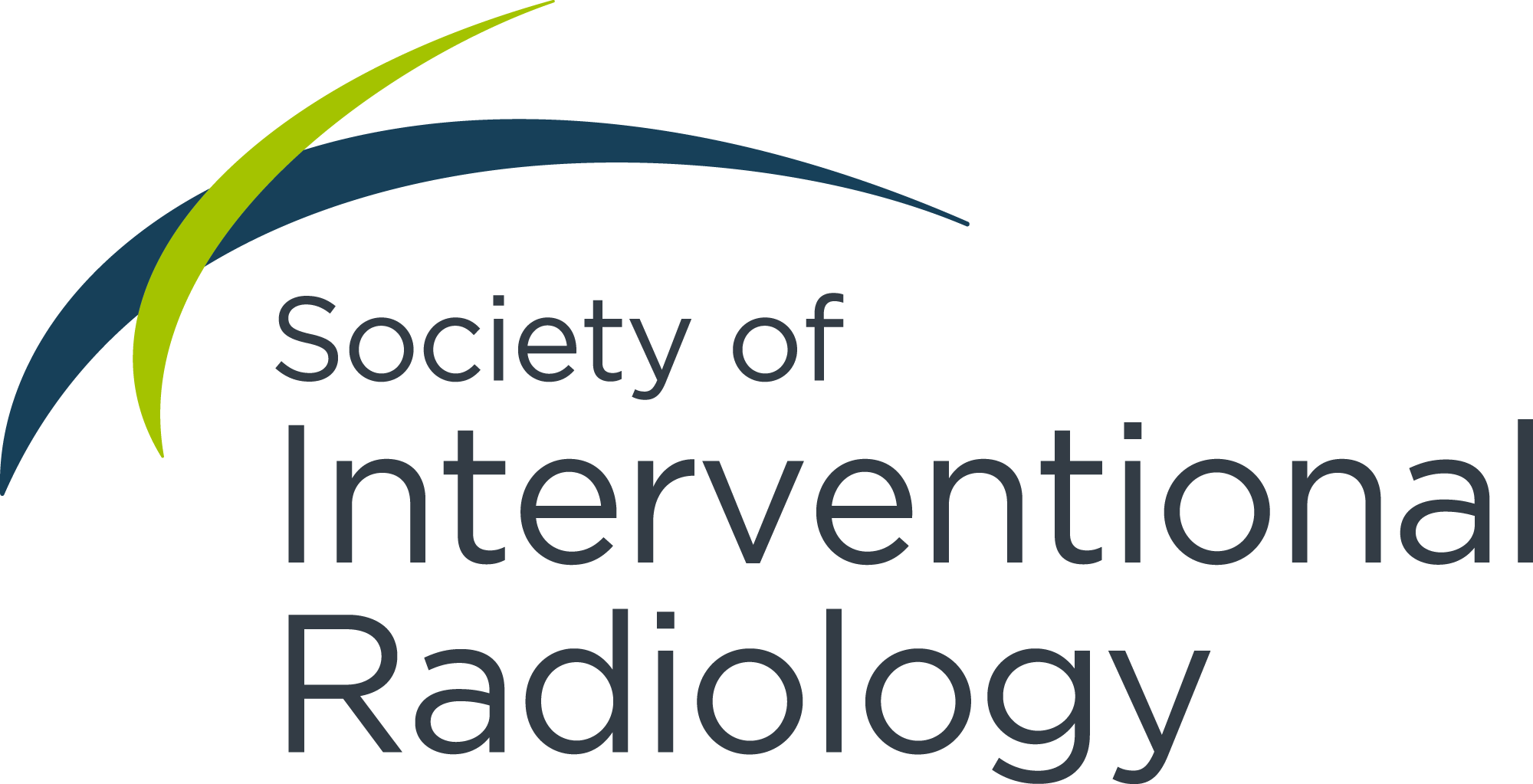In interventional radiology, mentorship for trainees is critical, as this next generation will soon be tasked with innovating and defining IR’s future. Though important, finding good mentorship can often feel distant, daunting and amorphous for medical students and residents.
What is mentorship?
Mentorship in medical education, based on the difference in experiences between individuals at various career stages, enhances competency and confidence while conveying key clinical and nonclinical aspects of training such as professionalism, research, networking, clinical judgment and other soft skills. These relationships flatten the vertical hierarchy in medical education by offering an opportunity for more horizontal exchanges of ideas and perspectives.2 Riad Salem, MD, MBA, FSIR, put it best in his 2022 SIR Dotter Lecture: “I personally define [mentorship] as a long-term relationship among people on a joint quest to investigate, to inquire, to be intellectually curious, to advance ideas and concepts, and to embrace lifelong learning.”3
For IRs-in-training, mentorship is especially important for navigating the transitions from medical student to resident to practicing physician, combating burnout, increasing IR retention, cultivating a culture of research and innovation and overcoming barriers to inclusivity faced by women and underrepresented minorities.2,4,5
The benefits of mentorship
Mentors offer both professional and personal benefits. Mentorship can be beneficial for networking purposes, so residents can gain visibility for fellowship and job opportunities, and medical students can gain exposure to training programs and practice patterns. Mentors can help hone technical skills through supervision, bail mentees out of sticky situations when needed and be experienced figures to consult for difficult cases.
Research is crucial for medical students applying to this highly competitive specialty and is an important consideration for residents pursuing a fellowship or a career in academic IR.5 Mentorship helps trainees overcome the barriers to research and can allow mentors to be more productive in their research as well.2,4,5 Mentors can help trainees navigate the pathways to becoming residents, fellows and practicing IRs, offering guidance at each critical junction. Mentors may even be able to put in a good word when it comes time for interviews. In addition to the above, mentors can act as role models, support, friends, figures of intellectual honesty and models for emotional intelligence6—important characteristics for the professional and personal lives of IRs-in-training.
In his Dotter Lecture, Dr. Salem discussed the qualities of a great mentor. Great mentors listen and understand, he said, even when mentees cannot adequately verbalize their challenges. Mentors do not impose explicit guidance but help perfect thinking skills and help find solutions. Finally, great mentors encourage reasonable, intellectually-curious risk-taking, thus paving the way for mentees to make a significant impact.3
“At the heart of my interaction is a deep and sincere investment in you, to have you function at the highest level on the path of your choosing,” Dr. Salem said. “To accomplish things deemed impossible by first breaking them down into a concatenated series of simple components, each with its own challenge.”3
Models for mentorship
The traditional apprenticeship model, where the trainee learns by observing the skills of the mentor, is all but obsolete due to the evolving clinical, academic and educational climate of modern IR. Today, each mentee-to-mentor relationship for medical students and residents in IR looks different. There are various models for mentorship available for IRs-in-training, and many may find their relationships are an amalgamation of these formats.
Senior mentorship
Senior mentorship is perhaps the most common model, where a well-established IR utilizes their personal and professional experiences to provide guidance. These relationships are useful for networking and professional advancement and may look like a faculty mentoring a resident or medical student, or a resident mentoring a medical student.
Peer mentorship
Peer mentorship is established within one’s peer group,6 such as a chief resident mentoring an intern, or a fourth-year medical student mentoring a pre-clinical student. Peer mentorship is unique in that it breaks the formalities and hierarchical barriers so that one can more candidly share their concerns without fear of disappointing influential people.6 This model is beneficial for women and URMs in IR, especially if there is a lack of representation at the faculty level.
Distance mentorship
Distance mentorship connects mentors and mentees who live in different cities or countries and is comprised of telephone or virtual meetings. While distance mentors may not be able to devote as much time as in-person mentors, they can offer different perspectives on the mentee’s professional and personal dilemmas, and their advice is less likely to be biased by the mentor and mentee sharing the same work environment.6
Micromentorship
Micromentorship is an informal model where the relationship changes based on the trainee’s goals at hand and is composed of brief and focused communications such as emails or text messages.7
Since IR is a rapidly growing and expanding field, it is important for IRs-in-training to have mentors at different stages of their careers. Residents are more likely than senior faculty to understand the challenges faced by medical students, while senior faculty will have better research opportunities. Senior faculty may be able to offer residents better networking opportunities, while early career faculty may have better strategies to help residents overcome the day-to-day pressures they face. Further, it may take multiple mentors for a trainee in IR to get what they need to grow.
Perspectives on mentorship
Medical students
Mentorship for medical students is invaluable as they navigate the challenging path from pre-clinical studies, clinical rotations, IR subinternships and the competitive IR residency match. For pre-clinical students during their first and second years of medical school, residents and senior students pursuing IR offer up-to-date advice on study strategies for their courses and standardized exams, as well as how to get involved with the SIR’s Medical Student Council (MSC). They help third-year students prepare for core rotations, such as surgery and internal medicine, and help first-timers get the most out of the SIR Annual Scientific Meeting.
Resident and fellow mentors are especially valuable as medical students prepare for fourth-year IR sub-internships. On rotations, they help students get the most out of clinic, consults and catheter time while helping them fit in as valued members of the team. Faculty mentors provide the 50,000-foot perspective of a career in IR and what this specialty looks like beyond the bubbles of medical education and academic medicine. They help students take their first steps in IR research, realize career goals and identify what training programs best align with those goals. Faculty mentors have been through the rigorous residency application process and may serve as training program directors or department leadership themselves, so they can help students craft personal statements, navigate the Electronic Residency Application Service (ERAS) and prepare for interview day.
Residents and fellows
The importance of mentorship extends beyond a successful residency match, as IR residents look to develop the professionalism, clinical proficiency and technical skills needed to become successful IRs. Junior residents often find a mentor in their senior resident counterparts, who may introduce them to the hospital system along with both the conspicuous and hidden residency curriculum. As residents advance in their training, they acquire the skills to mentor the incoming resident cohort. These cyclical junior-senior relationships are indeed bidirectional, for the senior residents begin to cultivate their skills as a mentor in a low-stress environment with their junior resident.
Attending mentors become increasingly important throughout residency, for they often exemplify the type of physicians that residents aspire to be. These mentors help build technical proficiency and critical thinking skills by challenging and providing feedback. The longitudinal task of gaining a mentor’s trust enough to intervene on patients safely is arguably one of the most important lessons that shape residents. While this graduated autonomy is different for each relationship, mentors often have a keen insight into exactly what is needed for growth. Mentors also serve as critical resources for the job search and can vouch for residents as they embark upon the careers.
Finding mentors
Finding mentors may be daunting at first due to the many avenues and networks present in this specialty. It is useful to consider the potential for unstructured mentorship, where these relationships grow naturally, or structured mentorship, where mentees and mentors are formally matched. Unstructured mentorship relationships can form over referrals from friends and colleagues, social media and between sessions at national conferences. These unstructured mentorship relationships are often more enduring and, in some instances, may last years or decades. Structured mentorship is often available for trainees at their home institutions. Here, trainees are paired with faculty based on their interests and career goals.
The SIR Mentor Match tool helps trainees bypass some of the barriers to mentorship.8 This tool, which is available for all SIR members via SIR Connect, allows mentees to get virtually paired with faculty mentors across the country. The MSC mentorship initiative is available for medical students to be paired with resident and faculty mentors; last year, this initiative saw over 150 students get connected with over 50 IR physician mentors.
Becoming a mentor
Trainees should consider the full-circle importance of passing on what we have been given by becoming mentors ourselves. We have a responsibility to help build the IR community and invest in the future of our specialty. Residents and fellows are uniquely positioned to act as mentors for medical students, as they have many interactions with students on a daily basis. They can exert a significant influence on students who are in the process of forming their personal and professional identities.9 Residents and fellows can participate as mentors in the SIR Mentor Match and MSC Mentorship Initiative. Medical students can serve as peer mentors for younger students and as mentors for their schools’ IR interest groups. They are uniquely positioned to serve as mentors for pre-medical and undergraduate students as they were recently in the position of taking the MCAT and applying to schools.
Conclusion
Mentorship for trainees in IR is critical as they navigate the path from medical student to resident to practicing physician. This bidirectional relationship comes in many structures and modalities but always provides benefit and satisfaction for all those involved. As Dr. Salem said, the importance of mentorship in IR cannot be understated, as these relationships have played out over several decades to allow IR to become one of the most innovative and critically important specialties in all of medicine. Continued focus on mentorship will allow IR to retain its status as a versatile and high-quality discipline that advances therapies at a speed that eclipses other specialties.3
References
- Deb L, Desai S, McGinley K, et al. Mentorship in Postgraduate Medical Education. In: P. Stawicki S, S. Firstenberg M, P. Orlando J, J. Papadimos T, eds. Contemporary Topics in Graduate Medical Education - Volume 2. IntechOpen; 2022. doi:10.5772/intechopen.98612.
- Salem R. The 2022 Society of Interventional Radiology Annual Meeting Dotter Lecture: Mentorship. JVIR. 2022;33(11):1278–1285. doi:10.1016/j.jvir.2022.08.013.
- Li S, Sun VH, Galla N, et al. Gender-Based Survey Analysis of Research and Mentoring in Interventional Radiology. JVIR. 2022;33(5):578-585.e3. doi:10.1016/j.jvir.2022.01.010.
- Xiang DH, Snyder A, Capua JD, et al. Mentorship in interventional radiology: Addressing obstacles to pursuing research and innovation among IR trainees. Acad Radiol. 2022;29(8):1275-1281. doi:10.1016/j.acra.2021.10.028.
- Patel VM, Warren O, Ahmed K, et al. How can we build mentorship in surgeons of the future?: Building mentorship among surgeons. ANZ J. Surg. 2011;81(6):418–424. doi:10.1111/j.1445-2197.2011.05779.x.
- Waljee JF, Chopra V, Saint S. Mentoring Millennials. JAMA. 2018;319(15):1547. doi:10.1001/jama.2018.3804.
- Racine H. The Need for IR Mentorship. Published April 27, 2022. irq.sirweb.org/perspectives/the-need-for-ir-mentorship.
- Healy NA, Cantillon P, Malone C, Kerin MJ. Role models and mentors in surgery. The American Journal of Surgery. 2012;204(2):256–261. doi:10.1016/j.amjsurg.2011.09.031.


